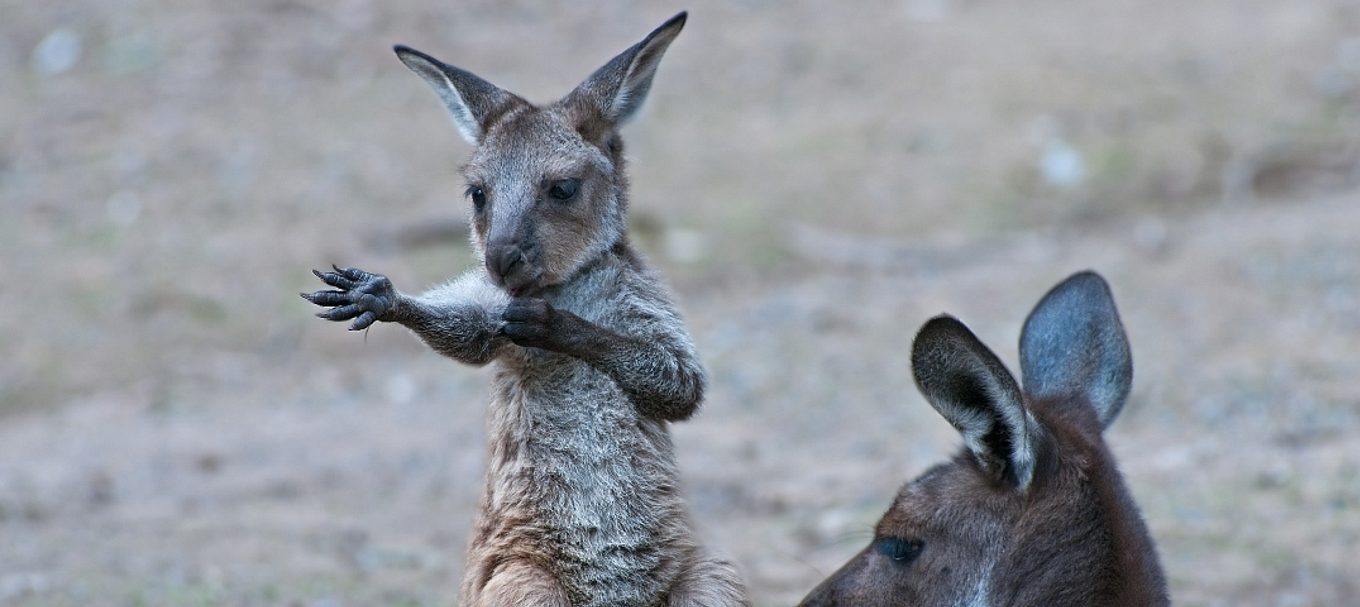
What to do if you find an injured native animal
Discovering injured wildlife can be a concerning and confronting experience, so here are some things to consider before you jump right in and channel your inner Bondi Vet.
Firstly, you need to think of your own safety and those around you.
If a wild animal has been injured and is in distress, they can behave unexpectedly and differently than normal.
Wild animals can also carry parasites and disease that can affect humans, so it’s advisable to wear protective equipment where possible.
The welfare of the rescued animal is vitally important so unless you have a rescue permit it’s critical that you contact an experienced animal carer to alert them of the situation.
Here’s who to call:
If it’s within a national park
If you find a native injured animal within a national park, contact the park’s regional duty officer.
They will be able to provide assistance, and if additional veterinary care is needed, will likely have the correct contacts for the situation.
If it’s outside of a national park
If you find a native, injured, animal outside of a park, contact a local wildlife rescue group for help.
The easiest way is to use an internet search engine to search by location and type of animal.
If it’s a marine mammal
If you find a sick or stranded marine mammal, including whales, seals, sea lions and dolphins, call a regional duty officer.
Marine mammals need specific care and there are important things you need to know before assisting, so it’s always best to phone the experts.
Can I care for an injured animal myself?
You can rescue a sick, injured or orphaned native animal from the wild if it needs care and treatment but to do so, you will need a rescue permit.
A permit is not required when the animal is:
- an introduced species (not native to Australia)
- classed as an unprotected native species.
If you don’t have a rescue permit to care for a native animal, you need to contact a wildlife rescue organisation which has experience with the type of animal. Scroll up and you’ll find the details of who to call.
While you’re waiting for expert help, you can help make the animal more comfortable by following the advice in our story: Tips for rescuing SA wildlife.
It lists details that will help you provide immediate care for species such as koalas, kangaroos, wombats and birds until you’ve made contact with an experienced wildlife carer.
Did you know South Australia has a new animal and wildlife campus?
After the 2019/2020 summer bushfires in South Australian, the Wildlife and Habitat Bushfire Taskforce identified a range of recommendations to help support wildlife recovery after bushfire events.
One of the recommendations was that a dedicated wildlife rescue facility was needed that could implement a coordinated response.
Just this month, the RSPCA South Australia Animal Care Campus was launched, housed at the new Glenthorne National Park-Ityamaiitpinna Yarta in Adelaide’s southern suburbs.
It will provide specialist wildlife veterinary care for injured and ill native fauna and it will become the state’s centre for the rehabilitation of injured wildlife, which is expected to provide care for about 8000 animals a year.
When encountering un-injured native wildlife, there are some things you should know aboutkeeping the wild in our wildlife.





